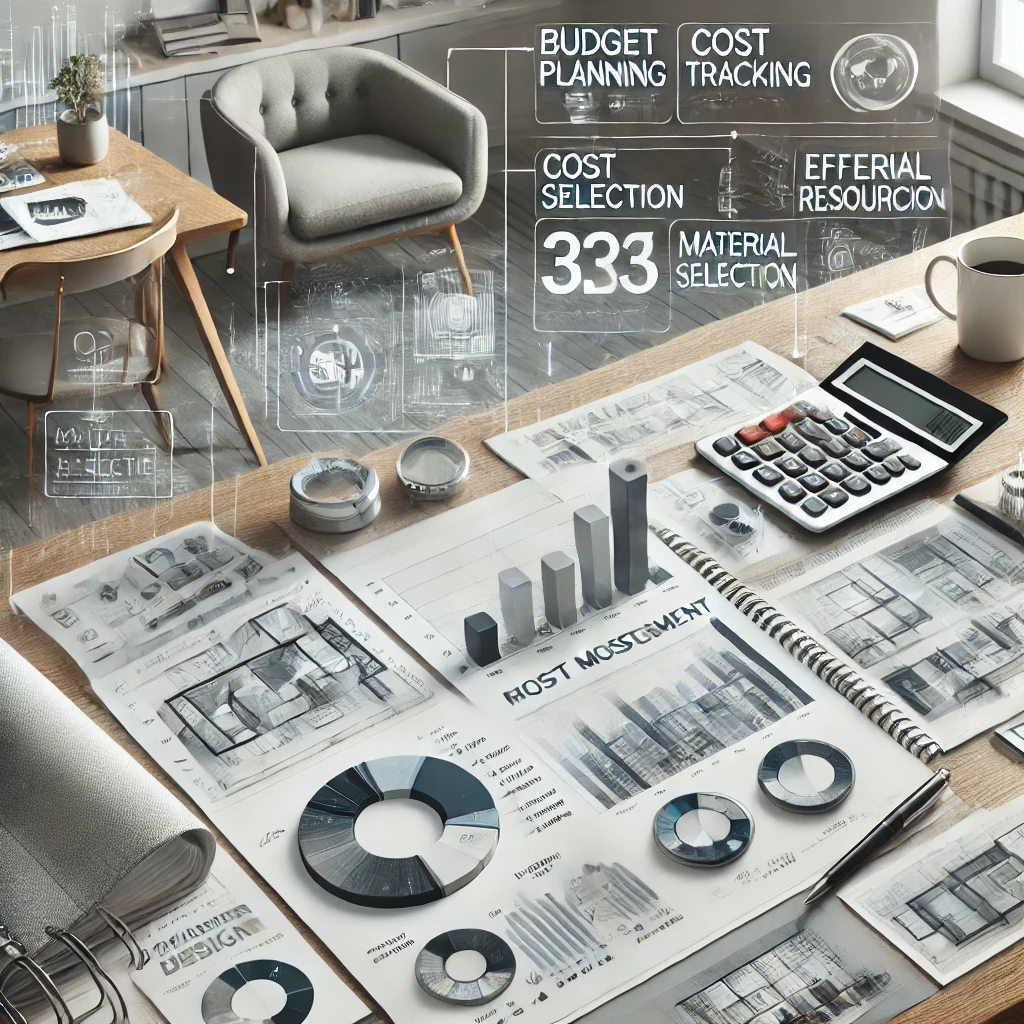
Managing Costs in Interior Design
1. Setting the Budget
The first step in cost management is to set a clear budget at the beginning of the project. In discussions with the client, a budget is established by considering the scope of the project, expectations, and available resources.
This budget will serve as a guide throughout all phases of the project. Additionally, having a flexible budget allows for preparedness against unforeseen circumstances.
2. Identifying Cost Items
3. Efficiency and Savings Strategies
Efficiency plays a significant role in reducing costs in interior design projects. Efficient use of materials, well-planned labor, and waste management contribute to optimizing costs.
For example, using proper cutting techniques in furniture production can prevent material waste. Additionally, working with local suppliers can reduce transportation costs.
